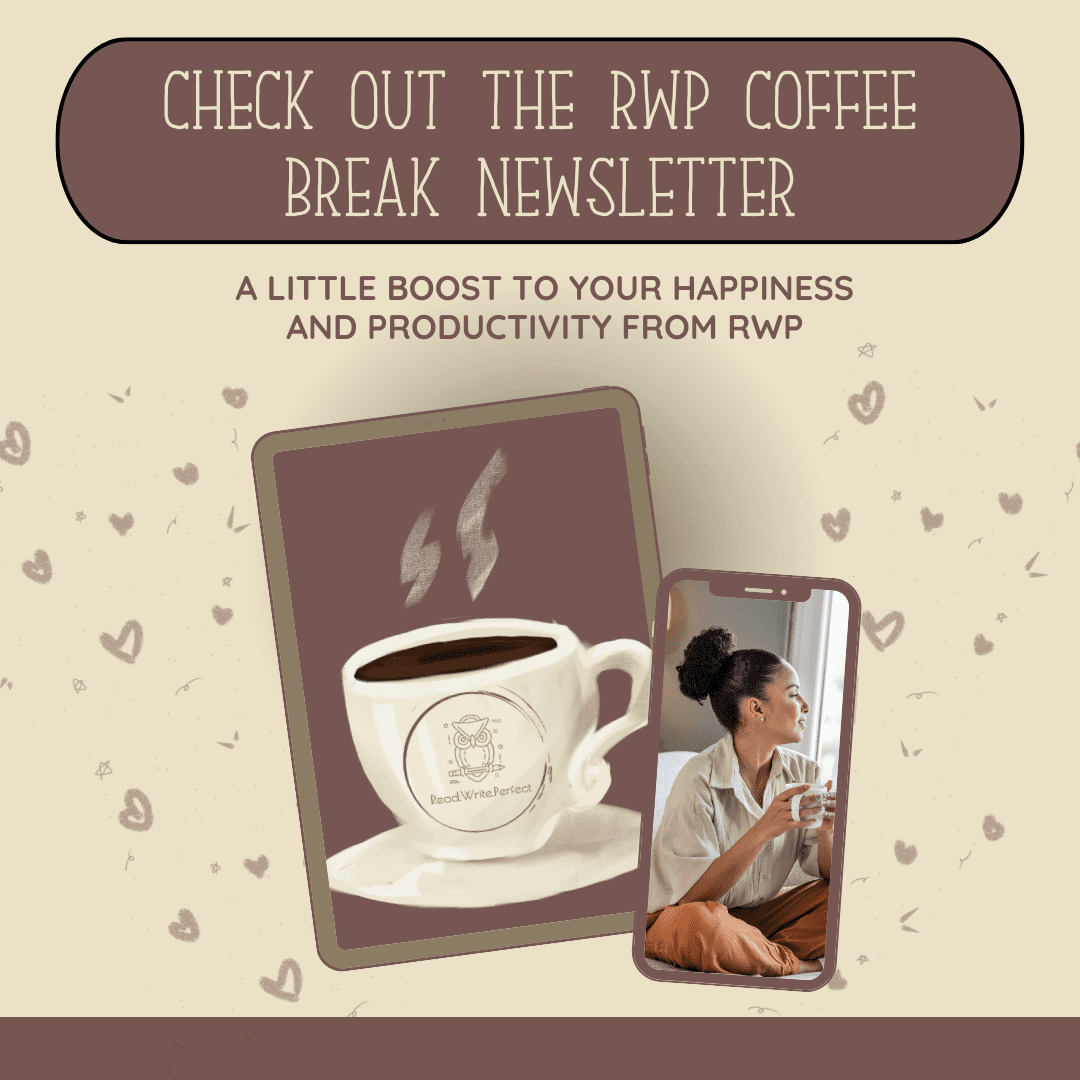
In this post we’ll look at these techniques in more detail, including some examples specific to the field of children’s literature.

To find out what is trending in children’s literature, browse the most recent issues of top journals, such as Research on Diversity in Youth Literature, Jeunesse, The Lion and the Unicorn, and The International Journal of Young Adult Literature to look for trends across multiple articles and journals. Is a particular theme (like sexuality or diversity) a hot topic? Is everyone currently arguing about a particular theoretical approach? Find out what scholars are currently debating.
Then decide: what would I like to add to this debate?

You can choose to take a fresh look at classic authors like Rudyard Kipling, Judy Bloom, or J.K Rowling, or you could decide to examine the work of newly published, as-yet-unexplored authors.
Want to go broader? Some students opt to study a particular genre or time period – YA fantasy novels or indigenous picture books, for example, or the romantic period.
How do you decide what to explore? Well – you search for unanswered questions.

Finding your research gap means picking out the questions that still need to be answered – and that means a lot of reading. Some things to consider as you read:

The interdisciplinary journal Jeunesse provides a great starting point for thinking about other approaches to childhood studies you might want to explore. From computer games to toys and from playgrounds to immigration policies, there is an endless array of childhood-oriented material that benefits from critical scrutiny.
Consider a social sciences or hard sciences approach and think about how you can enlarge current understandings of childhood and child being through data collection and analysis.
Need some support with children’s-studies-specific dissertation research? At Read.Write.Perfect, that’s my specialism! Book a free session and brainstorm your dissertation topic ideas with me!
